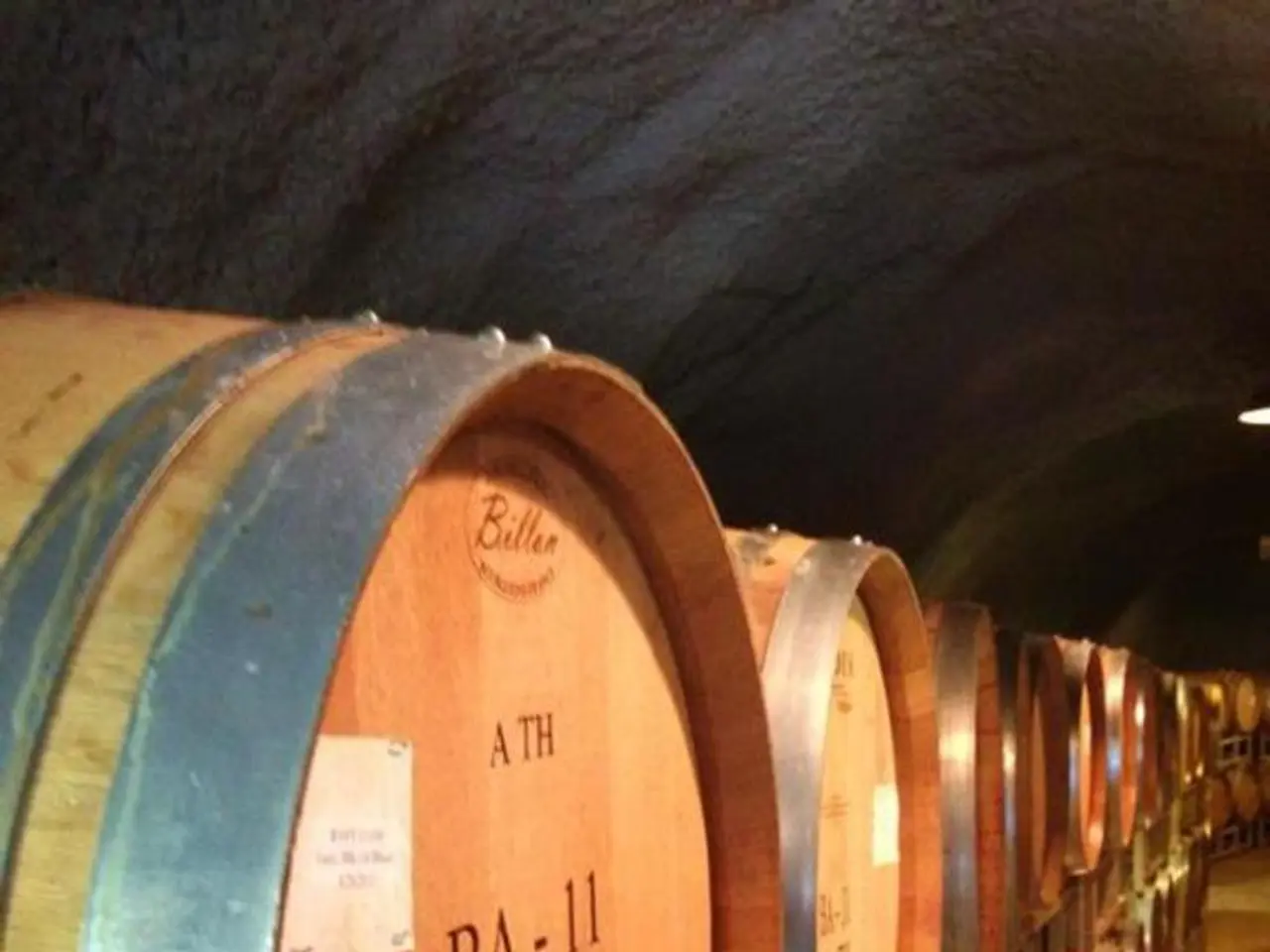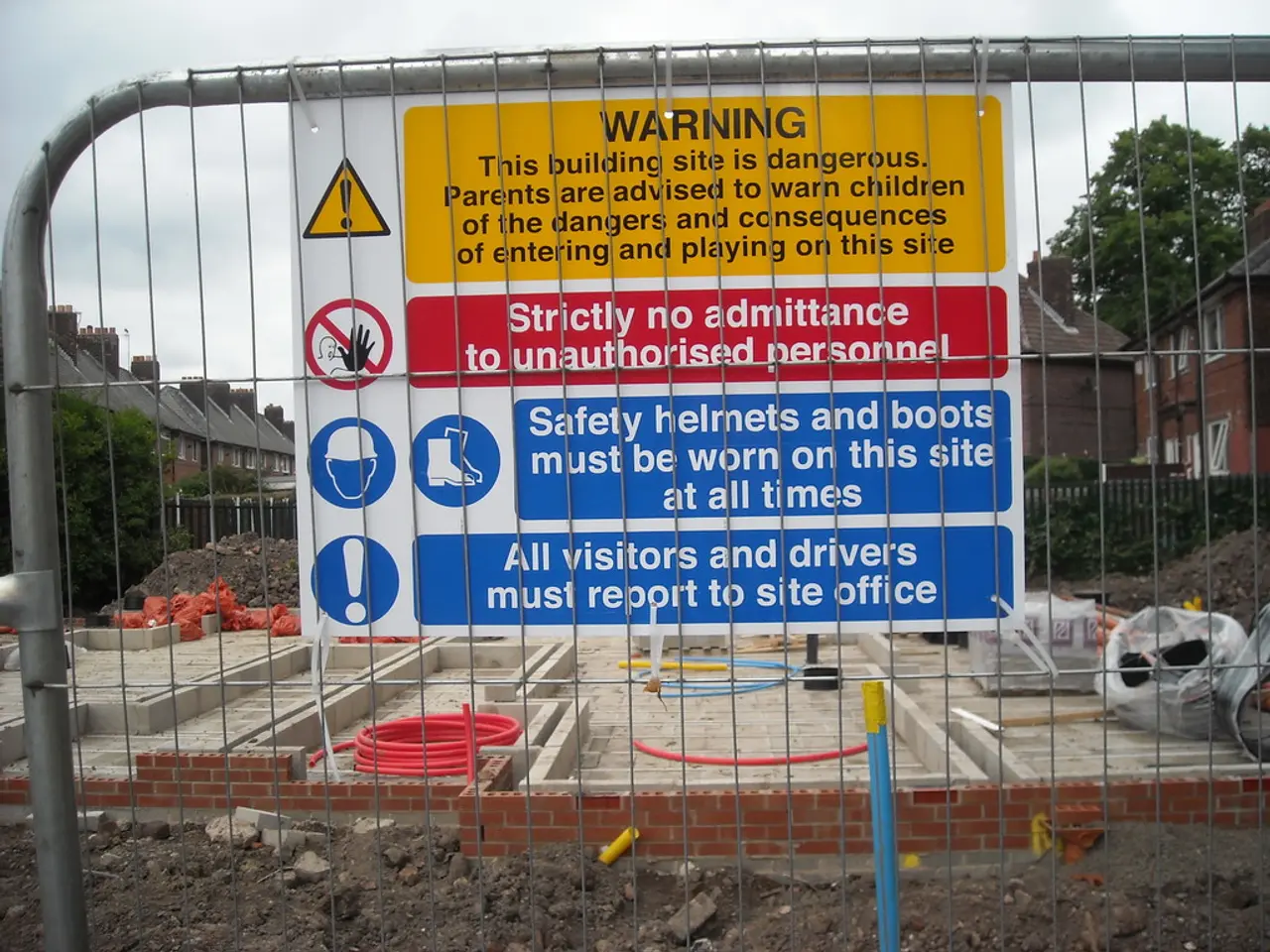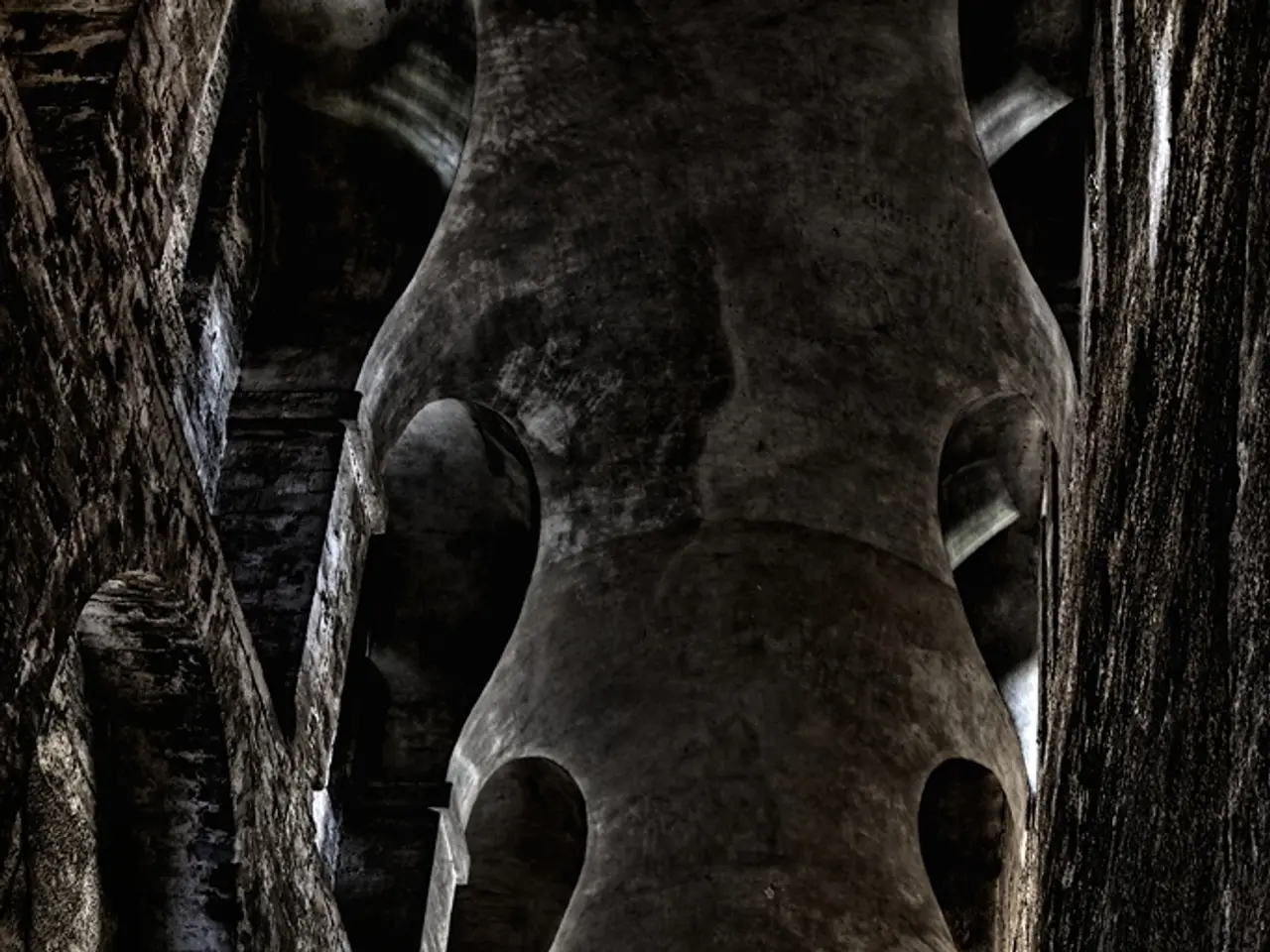Strategy of Underground Facilities: Journey from Khan Yunis to Fordow
In the conflict-ridden region of Gaza, Hamas has transformed its use of tunnels from tactical operations to a more strategic approach over the past decade. This shift, heavily influenced by Iranian expertise and methods, has seen the Palestinian militant group use its underground network for more than just movement and storage.
Once primarily used for smuggling weapons, moving undetected, and surprise attacks in the 1990s and early 2000s, Hamas's tunnel network now serves as a comprehensive infrastructure. This includes manufacturing weapons, secure holding of Israeli hostages, and even living quarters and command-and-control centers.
The evolution of Hamas's tunnels mirrors that of Iran's, with facilities hidden under civilian infrastructure for concealment. UNRWA offices, hospitals, and schools in Gaza all serve as cover for these secret facilities. This strategic use of civilian infrastructure complicates Israeli intelligence and military targeting efforts, as these assets are deeply buried and shielded, much like Iran's approach to underground defense and continuity of operations.
Iran's Quds Force has played a crucial role in this transformation. They have provided Hamas with direct support in weapons supply, funding, training, and tunnel construction expertise. This support has enabled Hamas to significantly upgrade its subterranean warfare capabilities. However, recent successes in Israeli counterintelligence and internal instability within Iran may limit Hamas's operational capacity moving forward.
The subterranean realm is central to how both state and nonstate actors conceive of strategic depth, survivability, and asymmetry. The war in Ukraine serves as evidence that subterranean strategies are emerging in all conflicts, elevating a contest from guerrilla warfare to near-peer conflict. The extent of damage to Iran's nuclear installations and Gaza's tunnel network may never be known due to the ambiguity and difficulty in conducting battle damage assessments.
Dr. Daphné Richemond-Barak, author of "Underground Warfare", is a professor at the Lauder School of Government, Diplomacy and Strategy at Reichman University and cofounded the International Working Group on Subterranean Warfare. Her work sheds light on the growing trend of underground military operations, a trend that seems to be increasing, with Iran and Hamas at the forefront.
Iran, like Hamas, assumes its hardened sites are vulnerable only to airstrikes, not combat engagement. However, the use of the underground in Gaza and Iran complicates enemy targeting, preserves offensive and defensive capabilities, and ensures operational continuity under attack. The underground military infrastructure in Gaza and Iran differ in terms of location, dispersion, growth, and depth, with options to eliminate the tunnels in Gaza being more limited due to their location in urban areas.
In Gaza, Lebanon, and Yemen, Iranian financial and logistical support enables the digging of more strategic, stronger, and deeper tunnels. Iran's use of deeply buried facilities has been more stable compared to Hamas, with its facilities housing strategic missile and unconventional assets and remaining relatively constant over the past forty years.
In conclusion, the influence of Iran has been instrumental in elevating Hamas’s tunnel network from small-scale, tactical assets to a broader strategic infrastructure designed to survive, conceal, and sustain prolonged conflict within Gaza, adopting Iranian subterranean defense concepts to local conditions. The use of the underground in military operations is a growing trend, and understanding this strategy is crucial for future conflict resolution efforts.
- Hamas's use of drones could potentially enhance the surveillance capabilities of their tunnel network, improving their reconnaissance and intelligence gathering during warfare.
- The advanced military education-and-self-development sector has shown increasing interest in the study of subterranean warfare strategies, examining case studies like Iran and Hamas.
- As Hamas's military history demonstrates, their strategic shift in tunnel utilization has prompted defense strategies in third-party countries, such as Israel's efforts to counteract and neutralize Hamas's tunnel network.
- Media outlets covering general news have reported on the escalating arms race between nations, with advanced casino-and-gambling technologies sometimes diverted for use in underground warfare infrastructure, such as tunnel-digging equipment.
- In an interview with a sports news platform, a former Israeli soldier drew parallels between the strategies used in tunnels and the unpredictable moves in chess, emphasizing the need for strategic planning and constant adaptation in both arenas.
- Some experts have discussed the economic implications of subterranean warfare, arguing that significant investment in drone technology and improved tunnel construction can impact a country's overall military budget and eventual military superiority on the battlefield.




